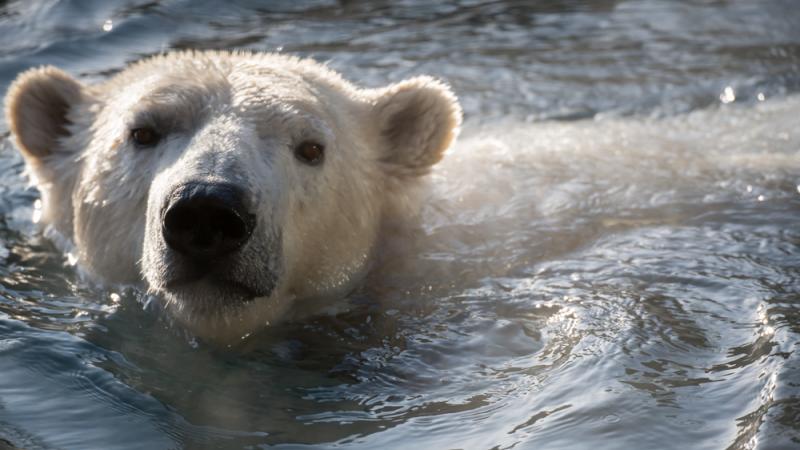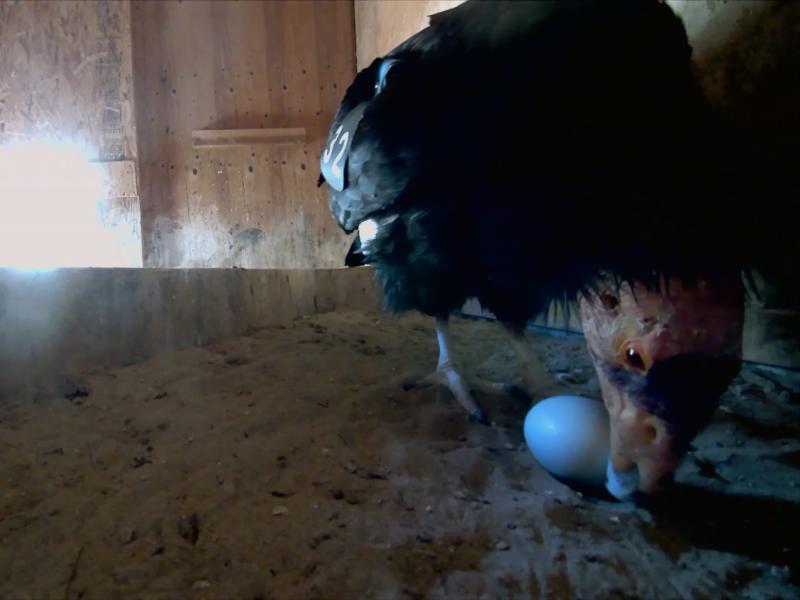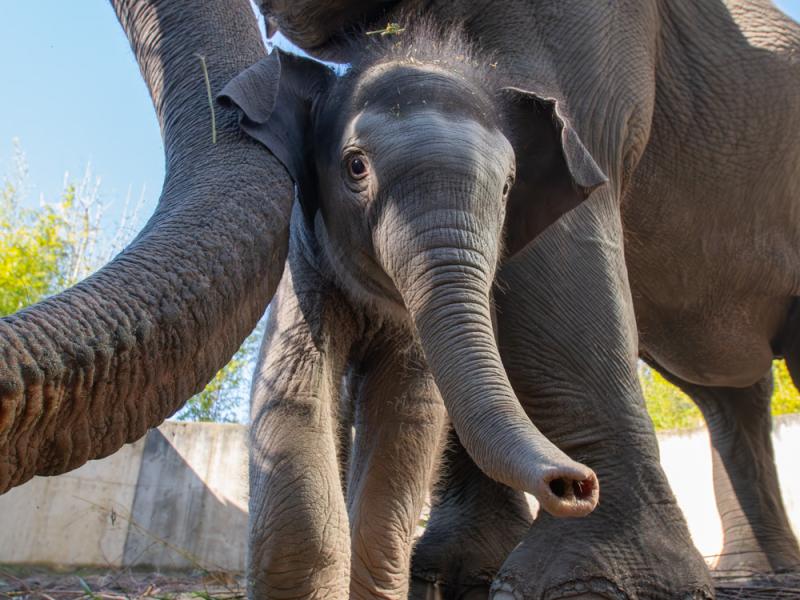Scientists unveil new plan to aid polar bear conservation

Oregon Zoo bears will continue to play critical role in helping their wild counterparts
The Polar Bear Research Council today released its 2022 master plan, a living document that describes the highest priorities for, and most recent findings from, polar bear studies at zoos. Produced by zoo animal-care experts and polar bear field scientists, the plan aims to advance research that will help protect polar bears as climate change reduces the Arctic sea ice on which they depend.
“We still have gaps in understanding how climate change is affecting polar bears, so it’s essential that the bears in our care help scientists learn more about their species,” said Amy Cutting, interim director of animal care and conservation at the Oregon Zoo. “Zoo bears are perfect candidates to help because they already participate in many health-care behaviors voluntarily and seem to find those experiences enriching.”
Indeed, much of today’s zoo-based polar bear science has its roots in animal-care advances at the Oregon Zoo, according to Cutting. In 2012, polar bears Conrad and Tasul became the first of their species to voluntarily give blood. The breakthrough was huge in terms of improved animal welfare and veterinary care, Cutting says, and it also opened the door to other possibilities.
After reading a news article about this milestone, polar bear scientist Karyn Rode contacted the zoo for assistance with her research in the Arctic. Polar bears are extremely difficult to observe in the wild, and Dr. Rode, a biologist with the U.S. Geological Survey’s Changing Arctic Ecosystems initiative, believed the zoo’s training advances presented a unique opportunity to fill critical knowledge gaps.
Tasul helped Rode learn how climate change was affecting the diets of wild polar bears, then assisted one of her USGS colleagues by wearing a high-tech collar to help calibrate tracking collars deployed on wild bears.
The zoo’s current polar bear residents, Nora and Amelia Gray, are also helping: Nora enjoys her time in a swim flume designed to help scientists understand the caloric requirements of wild polar bears; and before moving to Portland, Amelia Gray was one of a handful of bears outfitted with a “Burr on Fur” — a prototype tech innovation designed by 3M to give conservation scientists a better way to monitor wild bears.
“We’re excited to be continuing our collaborations with our conservation science partners,” Cutting said. “And it’s a great way for zoo guests to see that important work in action.”
The collaborative efforts couldn’t come at a more urgent time. As climate change reduces Arctic sea ice, polar bears struggle to find and catch seals, making it harder for them and their cubs to survive. The species is classified as threatened under the U.S. Endangered Species Act, and the International Union for the Conservation of Nature’s Species Survival Commission has designated the species as facing a high risk of global extinction.
In 2018, Polar Bears International supported efforts of the Association of Zoos and Aquariums in forming the Polar Bear Research Council. Composed of zoo professionals and polar bear researchers, the council focuses on keeping research current with emerging scientific questions regarding wild bears.
Polar Passage, where Nora and Amelia Gray live, is one of eight major projects made possible by a community-supported Oregon Zoo bond measure passed in 2008. Many of the habitat’s features were funded through donations to the Oregon Zoo Foundation, which supports zoo’s animal welfare, conservation and education efforts. To learn more or to make a gift, call 503-220-2493 or email [email protected].
More News

Double fluff: Zoo welcomes first condor chicks of season
The first two California condor chicks of 2025 hatched at the Oregon Zoo’s Jonsson Center for Wildlife Conservation.April 3, 2025

Thirteen eggs and counting at zoo's condor recovery center
At the Oregon Zoo’s Jonsson Center for Wildlife Conservation, endangered California condors have laid 13 eggs — with the potential for more on the way.March 11, 2025

Sunny with a chance of Tula: Baby elephant ventures out
Tula-Tu and her mom Rose-Tu ventured outside in the sunshine.February 28, 2025

